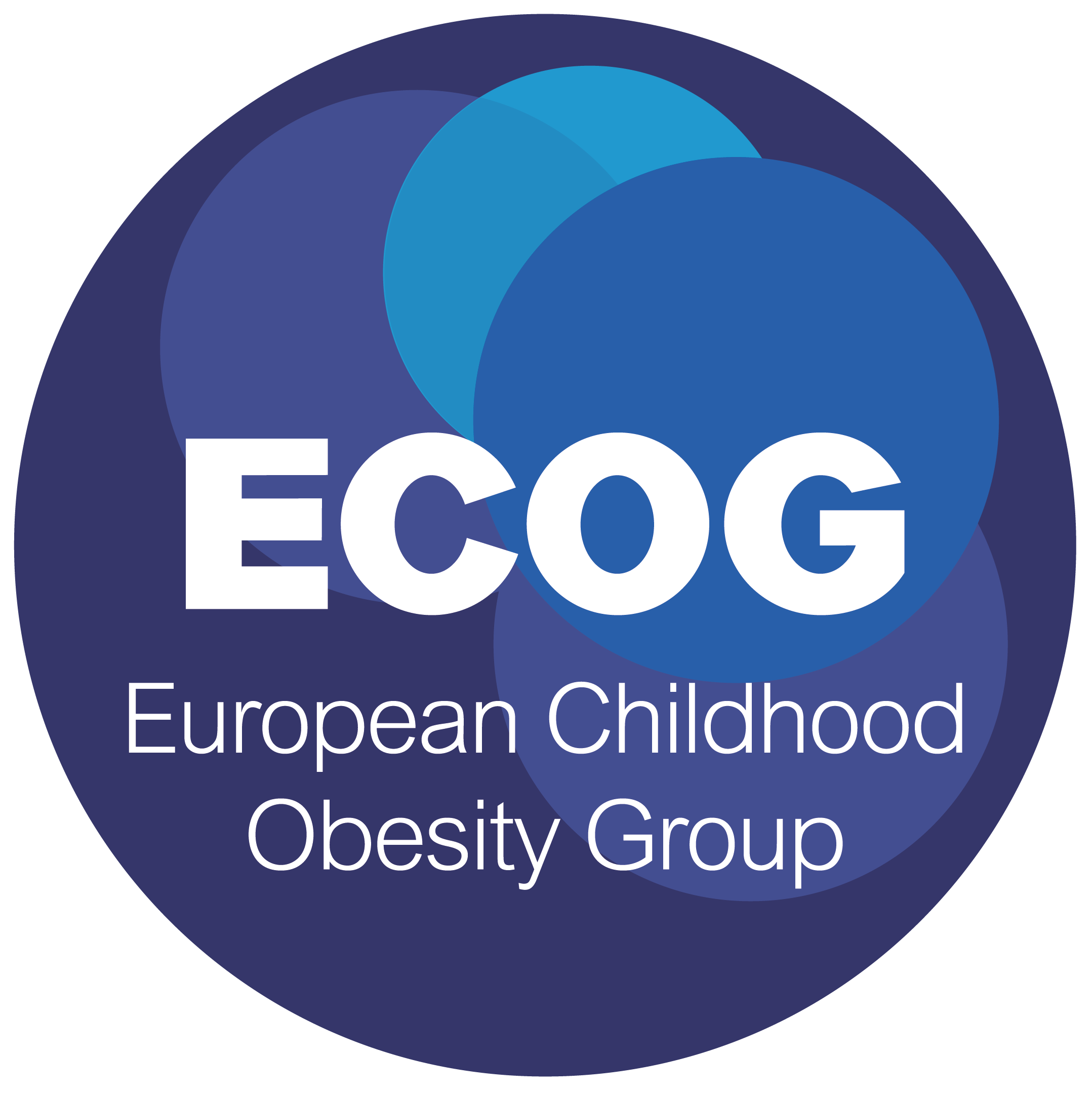Tackling Adolescent Obesity
Nearly 1 in 4 adolescents are overweight or obese in Europe. Tackling obesity is not as simple as telling people to exercise more or eat less. Obesity is the problem of a society full of aggressive marketing, body-shaming and bullying towards people with obesity. This is why the TAO project was created with the support of Erasmus +.
Meet TAO and LAMY in this video:
The TAO Project
In 2018, SAFE was selected to receive an Erasmus+ grant, which has allowed it to implement an educational project aimed at tackling adolescent obesity within the European Union. The project runs for two and a half years, starting from September 2018 until February 2021.
The consortium encompasses 10 partners stemming from 5 EU Member States that have very complementary profiles. Indeed, partners are coming from very diverse horizons such as European networks specialised in the field of nutrition and adolescent obesity like the European Childhood Obesity Group (ECOG) or Safe Food Advocacy Europe (SAFE), Italian and German national obese patient associations (AdipositasHilfe Deutschland, Amici Obesi), the Medical Faculty of Rzeszow, an association that gathers nutritionist and dietitians expert on plant-based diets (SONVE), a psychologist expert on obesity-related matters (Emotifood) and, last but not least, three high schools in which trainings will be tested (Athénée Royale de la Rive Gauche, Liceo Scientifico Enrico Fermi and Doukas School).
The intellectual outputs
In order to raise awareness regarding obesity-related problems in adolescents and their families, the project partners have worked together to create three intellectual outputs covering nutritional education.
1. A student’s nutrition handbook
Worldwide, in 2016, over 1.9 billion adults suffered from being overweight and 650 million suffered from obesity. In turn, this problem affected as many as 340 million children and adolescents aged 5-19. Forecasts indicate that by 2030, for adults, these numbers will increase to 2.16 billion, and 1.12 billion respectively. Being overweight or obese are correlated with the development of so-called diseases of civilisation, including, among others, type 2 diabetes, atherosclerosis and hypertension.
The Student’s Handbook – Nutrition Guide, developed on the basis of the latest scientific knowledge, is part of a larger undertaking aimed at raising schoolchildren’s awareness of rational nutrition as well as reducing the discrimination that results from eating disorders and promoting integration in the school environment.
In the first and second sections, the handbook presents, among others, a description of nutrients such as proteins, fats, carbohydrates and the health effects resulting from their excess or deficiency in the diet. In the third section, there is nutritional advice on preparing healthy meals and tips on how to read labels to allow you to make conscious choices of food products in your daily diet. In addition, you can find more information on the TAO website where you can play quizzes in order to make sure you fully understood all the sections.
2. An online platform
The website is a useful tool for accompanying students during the implementation of the trainings. There are lots of recipes, quizzes and an interactive map to pursue the training’s experiment.
In addition, there is a specific section for teachers on the TAO website which is called “Teacher’s room”. It is a space where pedagogical materials are gathered and a chat gives the possibility to teachers around the European Union to exchange their good practices.
3. The Teacher’s nutritional Education Handbook
Are you a teacher ? Here you can find useful resourses such as teaching materials, lesson plans, etc. to effectively help your students learn about nutritions and develop a healthy lifestyles. But not just that, you can also share your experience and best practices with other teachers and learn from their experience as well. It helps teachers running the trainings with already-made lesson plans and create “safe-zones” where students can communicate freely.
This handbook for teachers aims to give teachers the keys to organize and create evidence-based learning material about nutrition to tackle adolescent obesity. This particular material is intended for teachers and provides educational tools such as typical exercises for the students to do.
This handbook goes hand in hand with the two other intellectual outputs of the project: the students’ handbook and the e-Learning platform. Indeed, it complements the students’ manual by putting into practice activities and entertaining exercises. Teachers can also use the “Teachers’ Room” on the online platform to fid and share materials and tips.
